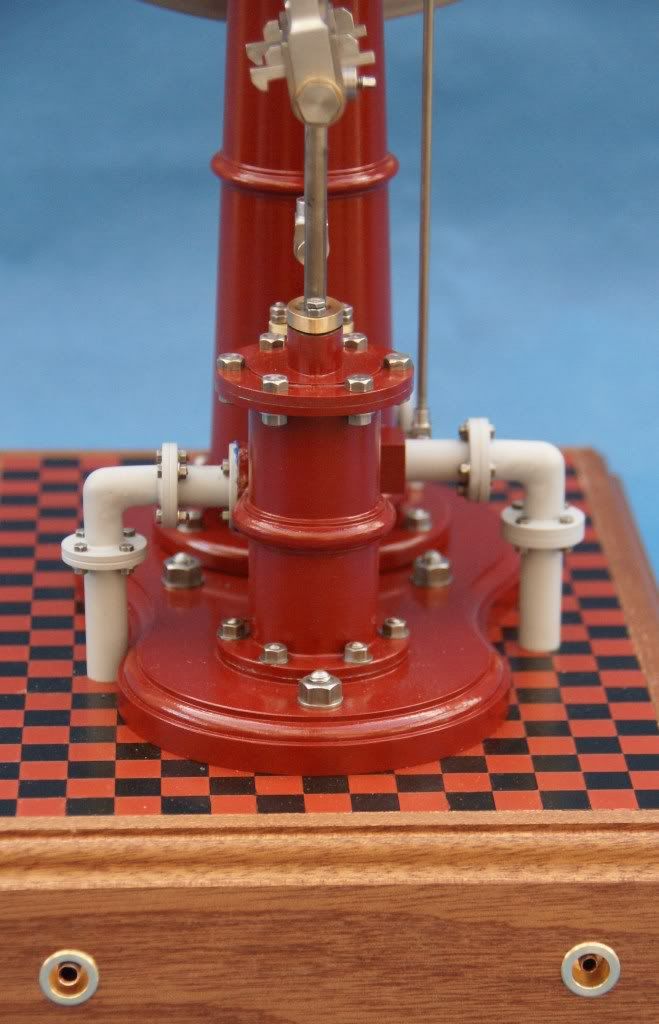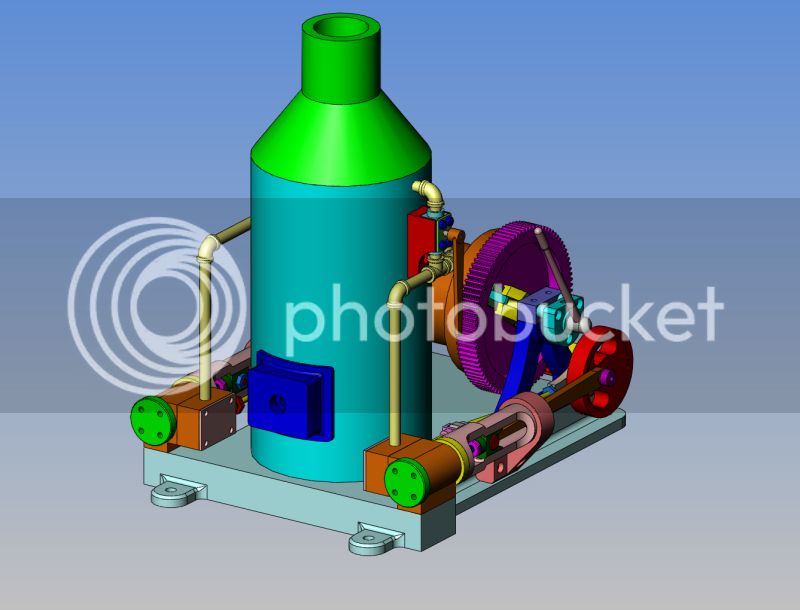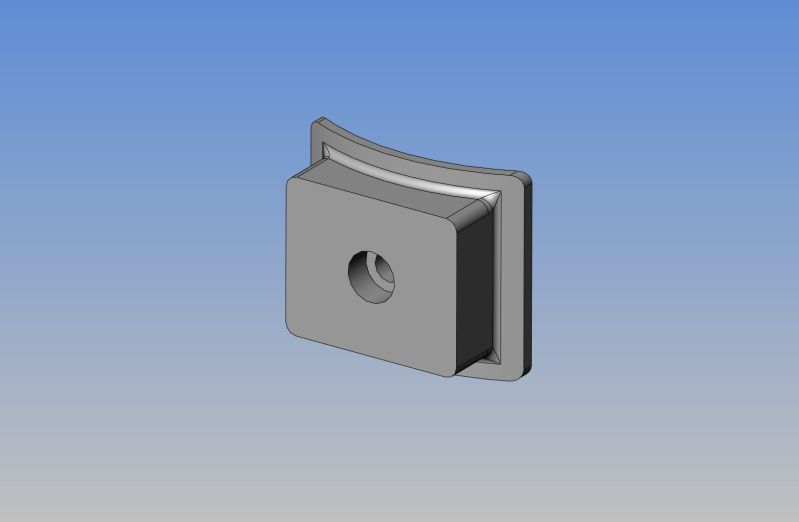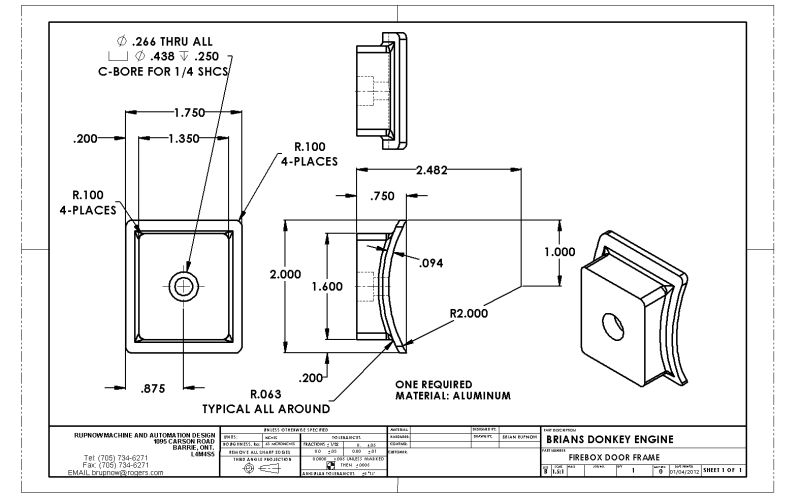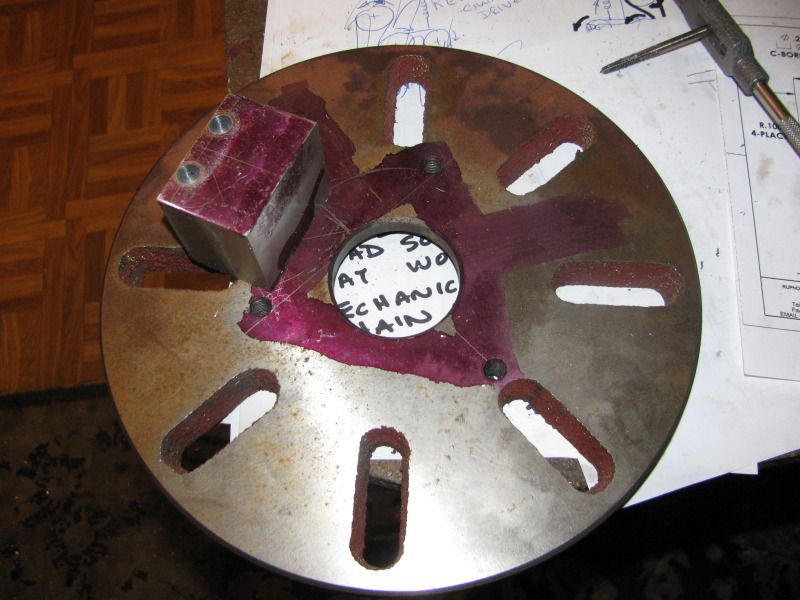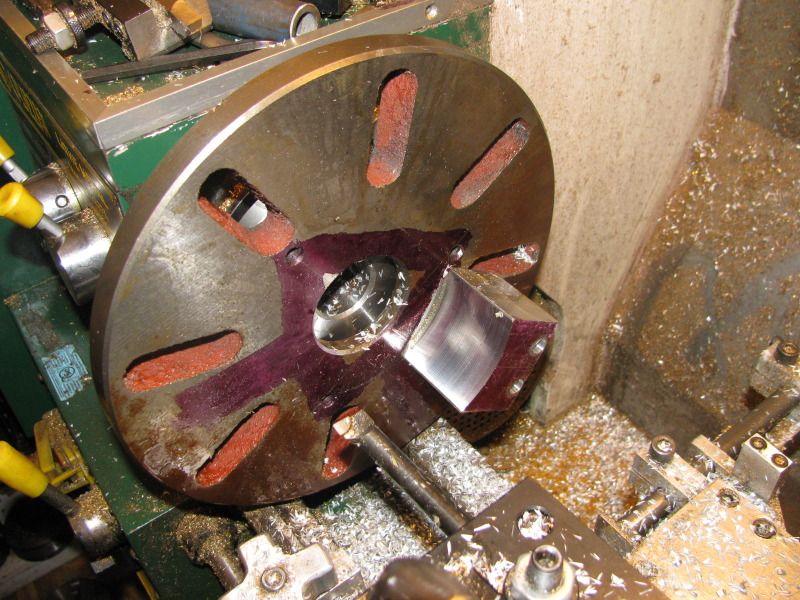The biggest problem with these or any drum winch is called over wrap, which happens when the line goes slack and forms some loose wraps that overlay the working end. When the clutch is engaged and the line goes tight, the overwraps capture the working line and bind it tight. It often happens when a line is paid out from a free wheeling drum. The operator has to control that with the brake when paying out. The first time you went fishing, you learned to keep your thumb on the reel.
Another point worth mentioning is that these engines have no governor. The operator has to throttle back or stop the engine as he de-clutches or otherwise releases the load. That is why the throttle or steam control valve is handy to the operator position. On any application that includes a boom, the weight of the hook should keep the line tight. If the end of the boom is very high, it is possible that the weight of the line on the inhaul side of the boom can exceed the weight of the hook so if you pull the hook up to the boom tip, it can't fall back under its own weight, so an extra weight, called an "overhaul ball" is added to the end of the line.
But, to answer your question about a simple winch with no boom, I don't know, but I think I would weld a hook somewhere on the front of the frame. You still have the problem of the line going slack when the engine is stopped with the clutch is disengaged. Ratchet pawls would help or some way to lock the brake.
Jerry

